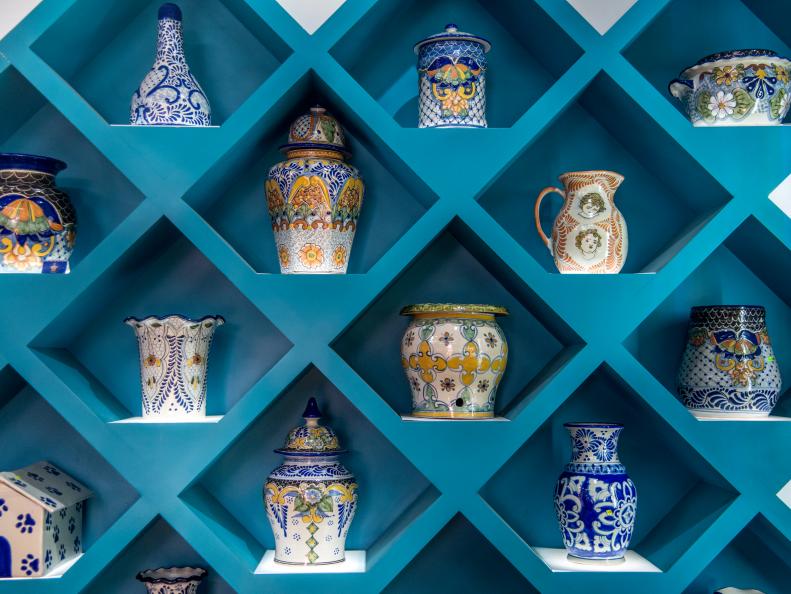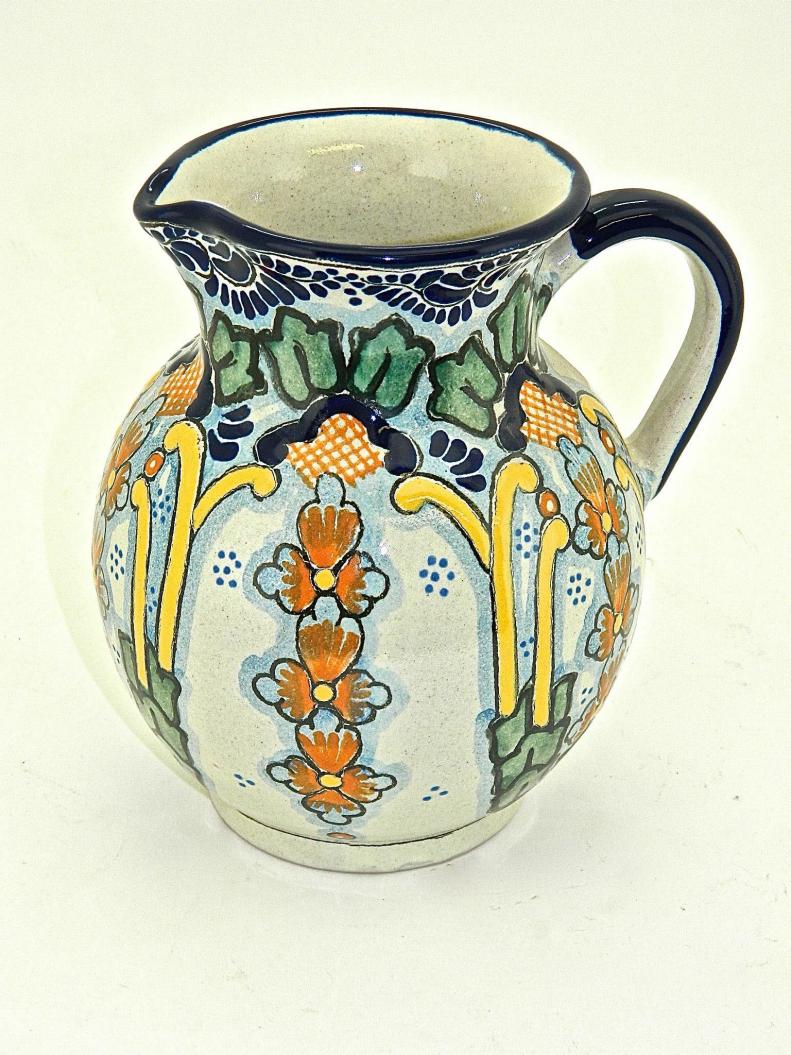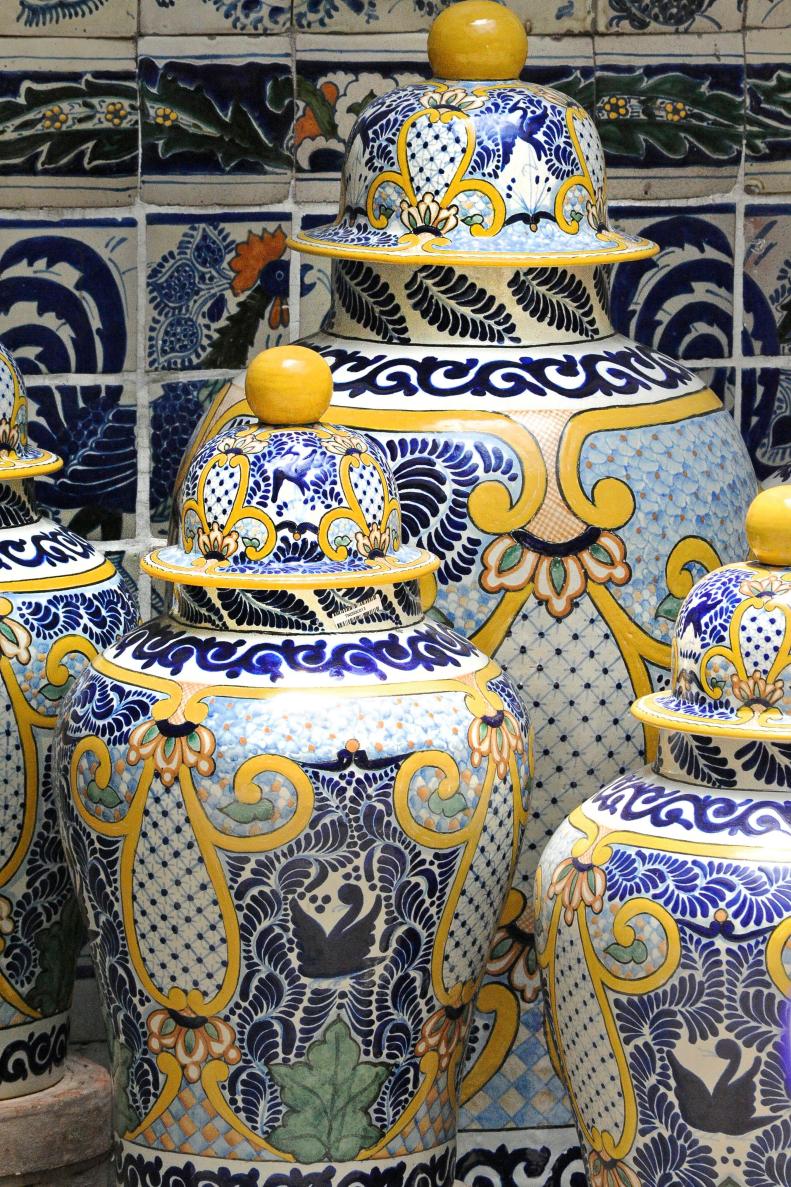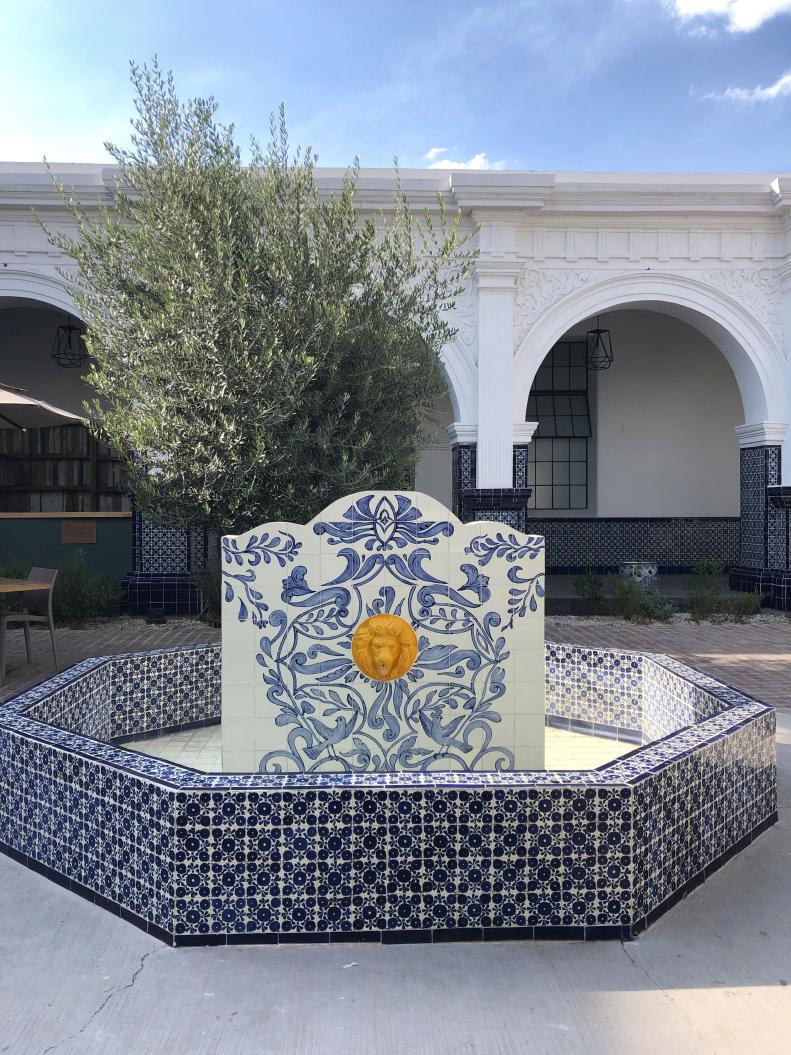The tin-enameled earthenware gets its name from the Spanish city of Talavera de la Reina, a major producer of colorful majolica from the 16th century to the mid-18th century. The Spanish majolica pottery was introduced to Mexico after the Conquest, when immigrants imported it to the Mexican city of Puebla in the 16th century. Puebla and its surrounding region became a center for the arts in the New World due to the presence of the Catholic church. "Military power was in Mexico City, but the church administration was in Puebla," says Marc Galante, owner of Mediterraniá, a talavera import store in Santa Fe, New Mexico. Those priests and bishops employed an army of craftsmen and artists to build and adorn churches and the households of the elite. That included potters who made talavera ceramics. This water pitcher was made in Puebla by Uriarte, one of the oldest talavera makers in Mexico.

.-Battle-on-the-Beach-courtesy-of-HGTV.-.jpg.rend.hgtvcom.196.196.suffix/1714761529029.jpeg)







